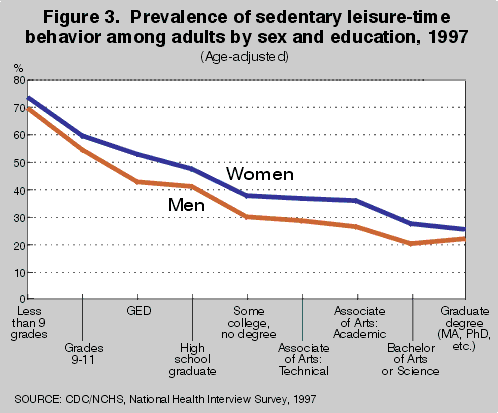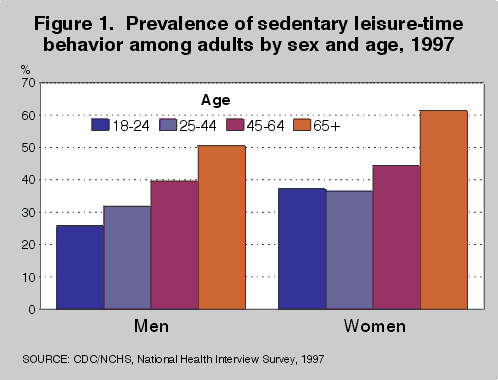History 3090

Cheap Amusments - Discussion Questions
As you read each chapter, be sure you can answer the following questions.
This is intended to help you understand the argument Peiss
is making about the commercialization of leisure at the turn of the 20th century
and its relationship to women's social and economic power in society.
Big Questions
- How did the reorganization of work in industrial America (1880-1920)
change the rhythms of leisure for working men and women?
- How did the commercialization of leisure change women’s experience of
“free time”?
- hat is political about how women and commercial venues structured
leisure time?
Chapter One
- Peiss sets up a backdrop of immigrant households in New York City and
the organization of work and free time.
- What distinguished men and women’s work from the other? How did
this translate into the use of free time?
- Compare and contrast women and men’s experience according to their
ethnicity, class standing, and age/marital status.
- What does Peiss mean by a “homosocial world” of amusement?
Chapter
Two
- How did women’s factory labor, as opposed to home-based labor, change
women’s experience of leisure? What important changes took place in the
regulation of women’s work place?
- What role did work culture play in determining leisure culture?
- How did women help one, through work, another navigate a new culture of
“treating”?
Chapter Three – Putting on Style
- How did landmanschaft organization differ from the
commercialized leisure organizations in the city? What role did they play
in courtship?
- How did streets and social clubs change the way women expressed
themselves?
- What role did dress and style play?
- How were women breaking away from family, or patriarchal, ethics and
control among various ethnic groups?
- Who were “women adrift”? Why did they value “heterosocial"
relationships?
Chapter Four through Six
- Peiss examines working-class women’s leisure experiences in three
contexts: dance halls, amusement parks, and movie theaters. Compare and
contrast women’s experience in each example, looking for:
- the way commercialized culture replaced an older traditional
culture;
- working-class women’s contributions and the way businesses
accommodated a new expression and context for women’s sexual expression;
- the changing heterosocial world of leisure;
- the way new forms of leisure ensured women’s position of
dependency and vulnerability.
Chapter Seven
-
How did middle and upper-class reformers define leisure as a problem?
-
What alternatives did they offer and how did working-class women respond?
-
How
did inter-generational tension shape the success or failure of reformers’
women’s clubs?
Finally …
Look at the evidence that Peiss uses to construct her argument of
working-class women’s pursuit of leisure. Where is the bulk of primary
evidence from? Who collected it in the first place? What biases might be
inherent in it? How
does the commercialization of leisure and the promise of self-fulfillment
through consumption flatten out class differences and perpetuate women’s
dependency?
Why didn’t the individualism
inspired by consumer ideology and heterosocial activities encourage a
feminist consciousness among women?
(http://www.udel.edu/History/manko/hist300/PeissReadingGuide.html,
HIST300/WOMS300 Women in
American History, Winter 2001, Katina Manko, University of Delaware.)


Leisure time physical activity was also found to be strongly associated with
level of education. About 72% of adults who never attended high school were
sedentary, declining steadily to 45% among high school graduates and about
24% among adults who had attained graduate level college degrees

About 40% of U.S. adults were sedentary in 1997, engaging in no leisure time
physical activities of any kind. Women (43.2%) were somewhat more likely
than men (36.5%) to be sedentary, a finding that held in every age group




